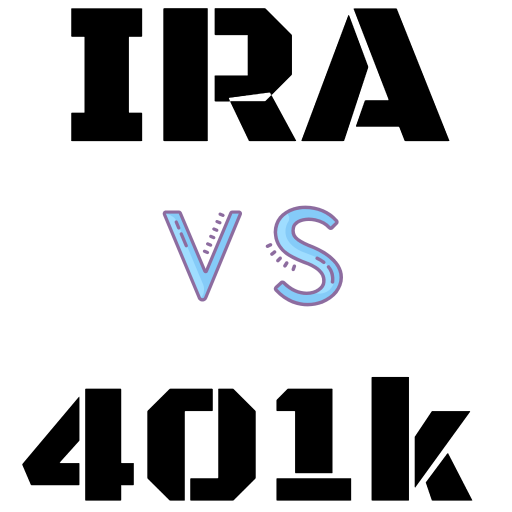
Roth IRAs are usually recommended for young workers and those who think they’re earning about the same or less than they think they’ll spend annually in retirement. These workers could end up in a higher tax bracket in retirement than they’re in right now, so giving the government a small percentage of their contributions today is usually the smarter financial play.
Let’s say you’re a single adult who earned $50,000 last year and contributed 10% of that, or $5,000, to your retirement account. This year, you retire and you want to spend $54,000 to cover your expenses, plus some extra for travel. If you put last year’s contribution in a Roth IRA, you’d have paid taxes on all $50,000 you earned, minus the standard deduction and any other tax breaks you qualify for. But this year, if you withdrew all $54,000 you spent from your Roth IRA, you wouldn’t owe taxes on any of it.
If you put your savings in a traditional IRA instead, you would have enjoyed a $5,000 tax deduction last year. But when taking out the $54,000 this year, you’d owe taxes on almost all of it. If you only claim the standard deduction this year and no other tax breaks, that extra $4,000 you spent is just enough to push you from the 12% tax bracket to the 22% tax bracket. So not only will you owe taxes on more money than last year, you’ll owe a much higher percentage of your income.
